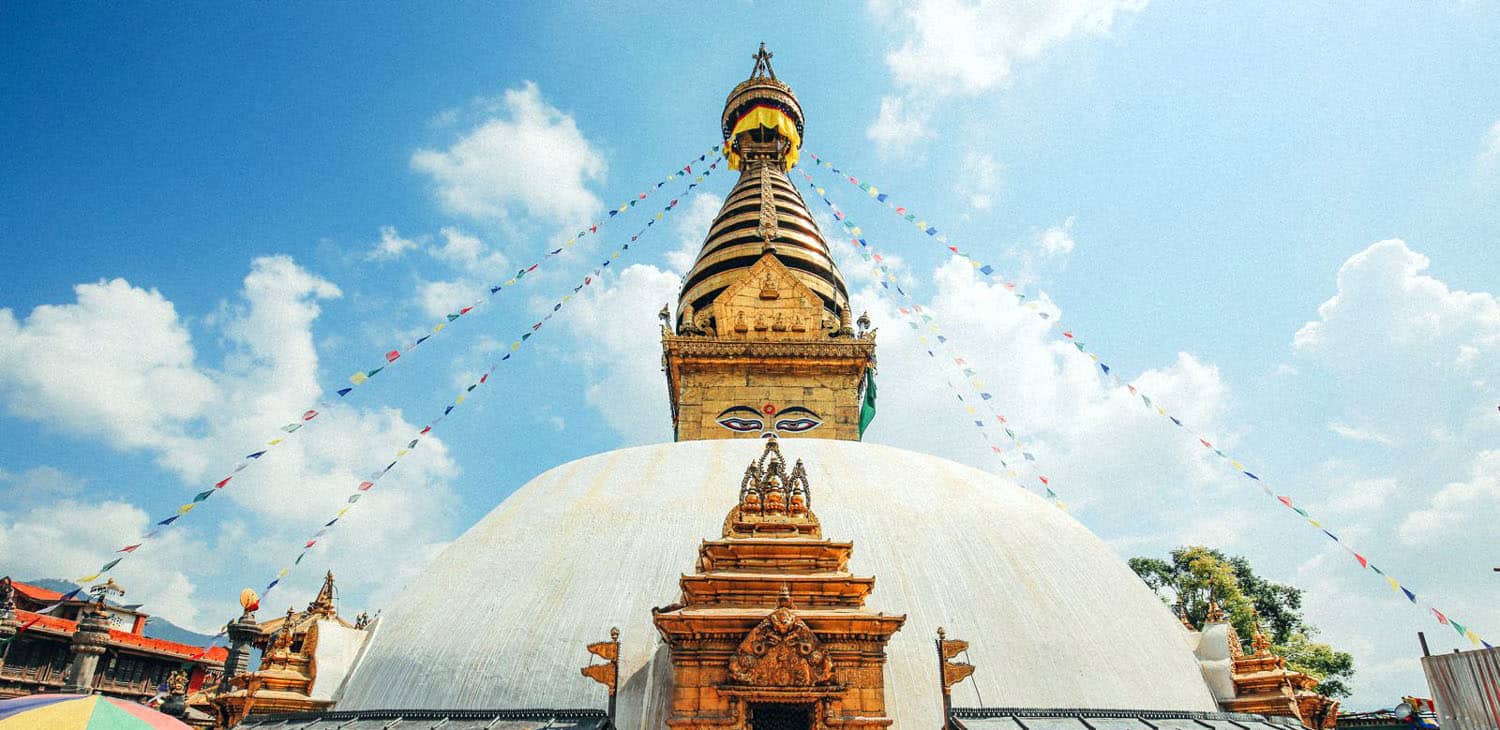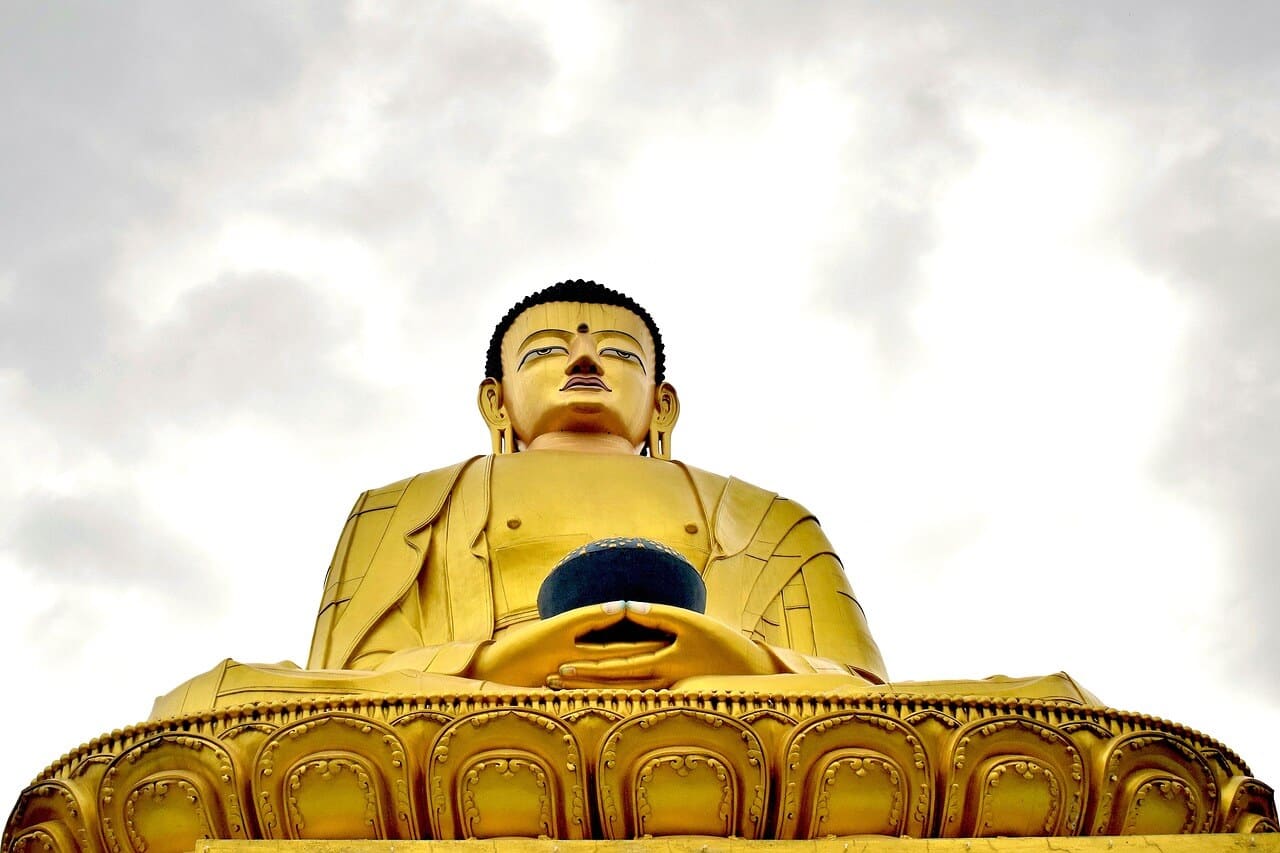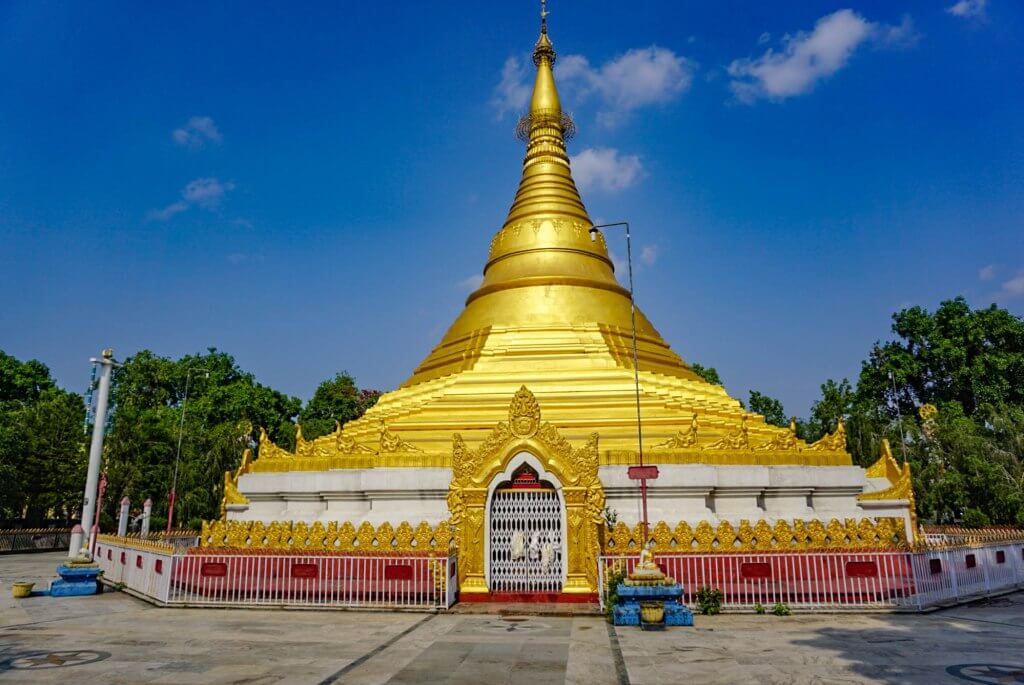Discover Nepal’s Sacred Pashupatinath Temple Marvel
Nestled on the banks of the holy Bagmati River in Kathmandu, Pashupatinath Temple stands as a beacon of faith, culture, and spiritual significance. This ancient Hindu temple, dedicated to Lord Shiva, is not only one of Nepal’s most revered pilgrimage sites but also a UNESCO World Heritage Site, drawing devotees and tourists from around the world.
A Sacred Legacy of Devotion
Table of Contents
Pashupatinath is one of the oldest temples in Nepal, believed to have been built in the 5th century, with historical references dating back even further. The temple’s name, derived from “Pashupati” (meaning “Lord of all creatures”), signifies Shiva’s role as the protector of all living beings. Hindus regard it as one of the most important Shiva temples globally, equivalent in spiritual stature to India’s Kashi Vishwanath.
The temple complex is a masterpiece of Newar architecture, featuring a two-tiered pagoda-style structure, a gold-plated roof, intricate wood carvings, and a massive silver-plated door. Non-Hindus are not permitted inside the main temple, but the grandeur of its exteriors and the spiritual energy surrounding it make a visit worthwhile.
The Rituals and Mysticism of Pashupatinath
Pashupatinath is more than just a temple; it is a living heritage where age-old rituals and traditions unfold daily. The temple hosts several aartis (prayer ceremonies), the most mesmerizing being the evening Bagmati Aarti, where priests perform synchronized rituals with fire lamps, conch shells, and devotional chants, creating an ethereal atmosphere.
Another significant aspect of Pashupatinath is its cremation ghats along the Bagmati River. According to Hindu beliefs, being cremated here and having one’s ashes immersed in the sacred river leads to moksha (liberation from the cycle of rebirth). The sadhus (holy men), adorned in saffron robes and ash-covered faces, add to the mystical aura of the place, offering insights into the ascetic life devoted to Lord Shiva.
A Place of Festivals and Celebrations
Pashupatinath comes alive during Maha Shivaratri, the grand festival dedicated to Lord Shiva. Thousands of devotees from Nepal and India flock to the temple, often walking miles barefoot, to pay homage. The temple also observes Teej, a festival where women fast and pray for their husband’s longevity.
The temple is not only a place of religious importance but also a cultural hub where art, devotion, and history merge seamlessly. The inscriptions, sculptures, and centuries-old relics within the complex offer a glimpse into Nepal’s rich spiritual heritage.
Visiting Pashupatinath: A Journey of the Soul
For travelers seeking a deeper connection with Nepal’s spirituality, a visit to Pashupatinath is a transformative experience. The temple’s ambiance, rituals, and the devotion of the pilgrims create a profound sense of peace and introspection. Whether you come to witness the stunning architecture, participate in religious rituals, or simply soak in the serene surroundings, Pashupatinath Temple is a marvel that leaves an everlasting impression.
Plan your Nepal Tour visit, embrace the sacred vibes, and discover the heart of Nepal’s spiritual essence at Pashupatinath Temple!








